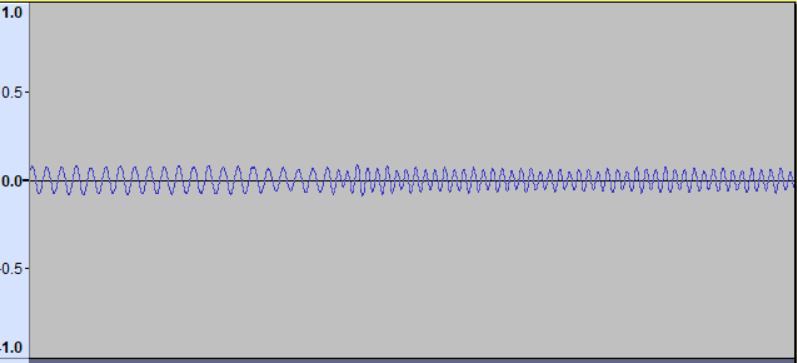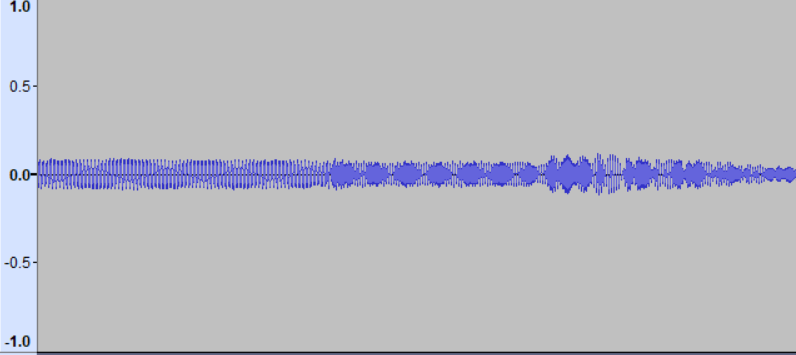I'm doing a puzzle that gets me to call a phone number which produces a load of beeping sounds. Putting this into audacity as a spectrogram produces this:

Zoomed in it looks like this:

This looks like on/off keying. The problem is that I don't know how to take this binary signal and convert it into actual binary (other than doing it by hand but yikes.)
So far GNU Radio seems to be promising but I'm not to sure on how to achieve what I'm looking for with it.
If someone could point me towards some info on where to get started with this that'd be a great help.
edit - Here's the
Waveform

Zoomed in

Zoomed out

The overall recording is also low quality - the original is taken from calling a phone number which transmits this sound - getting a high quality recording of that call would also prove helpful.
https://drive.google.com/file/d/1l2RaZiVVYkF_SXvRsTH8lsvnq3GYKEWQ/view?usp=sharing - google drive link to the wav file
